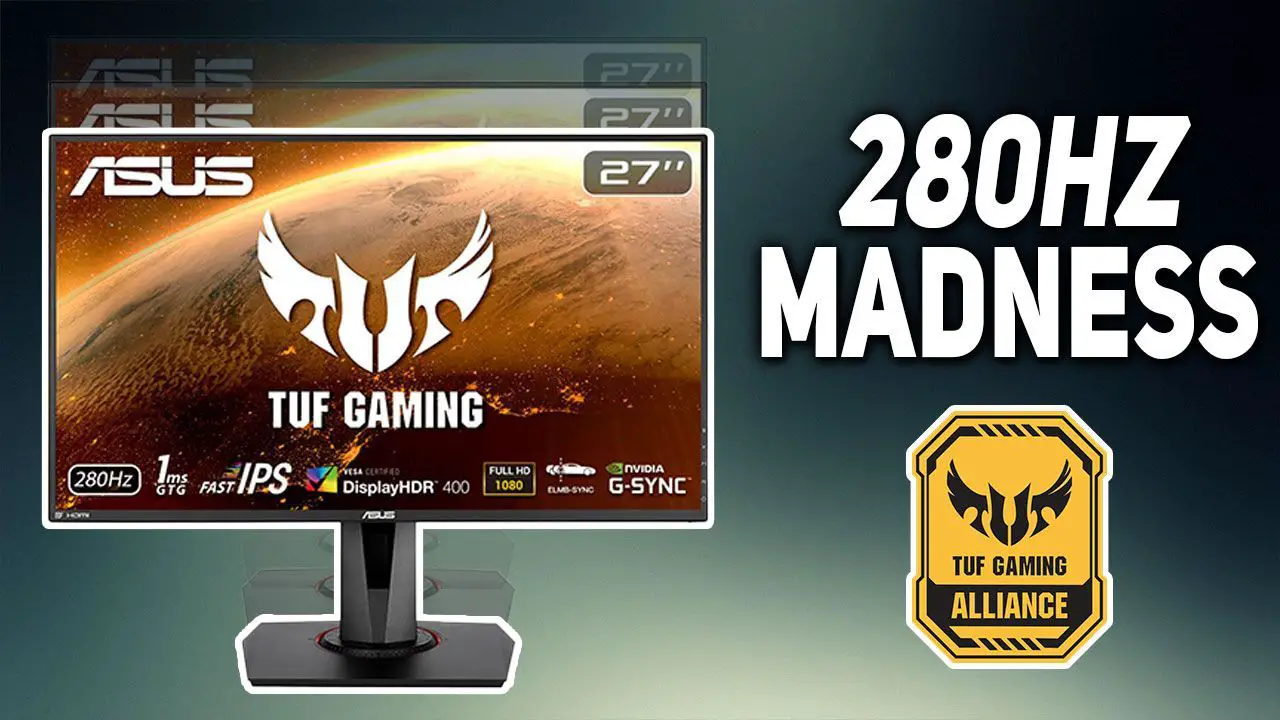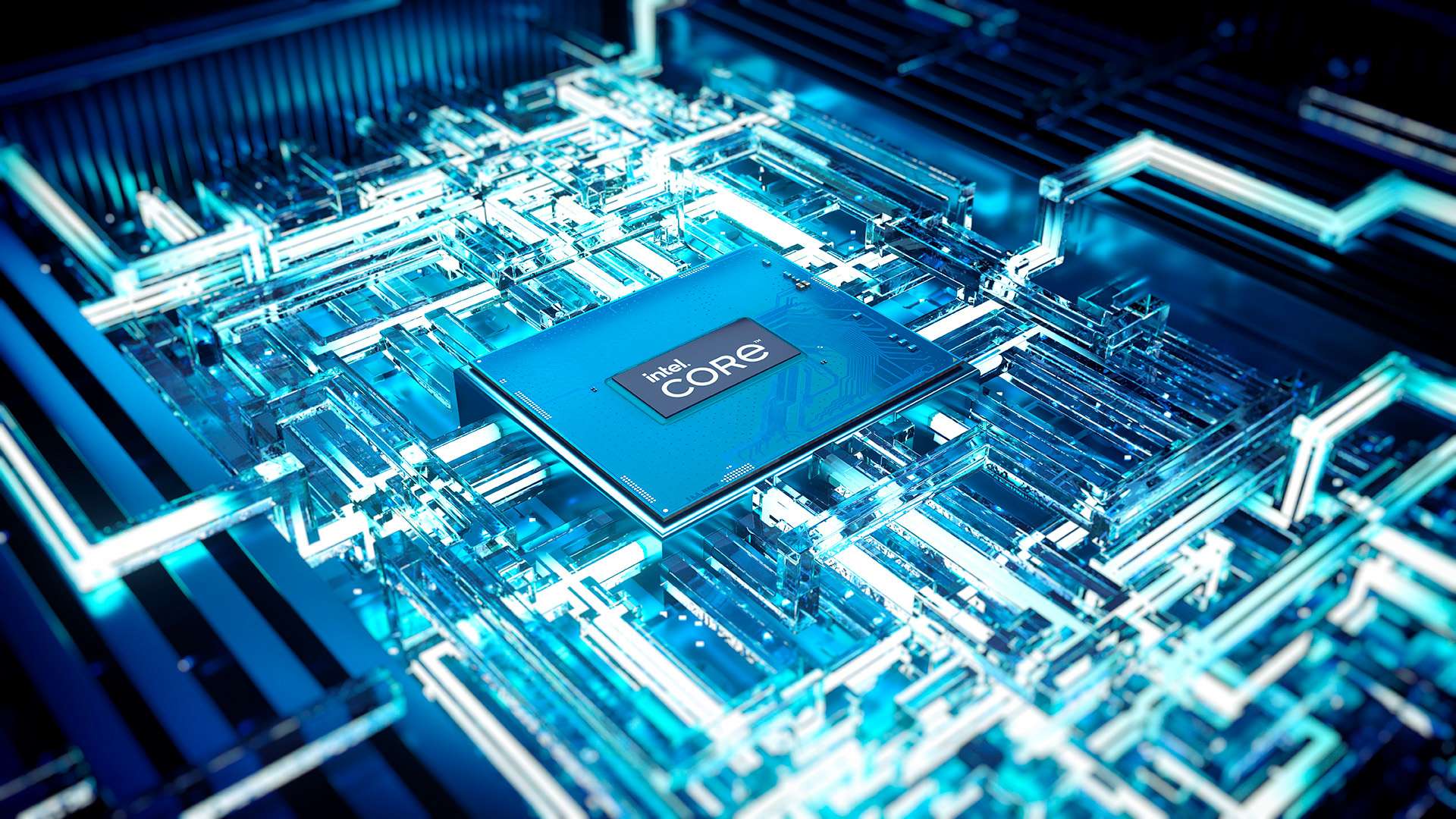
We will be entirely upfront and saying that we usually cannot discern a major difference between 240 and 280Hz. To our eyes the difference is just not big enough to be all that noticeable unless we actively look for a difference. By the same token we can notice a difference between 120 and even 160 let alone 120 vs 200+. The largest difference is in eye fatigue and clarity. As long as we have enough video card horsepower to hit that level of megapixels per second eye fatigue is just not an issue for us. To us that is the big down side to motion blur – as it is not really clarity and depth of images that breaks our immersion… it is a splitting headache from our brains being slammed with artifacts that we do not consciously notice but our lizard brain has to cope with. At 240Hz or above motion blur is also pretty darn hard to perceive… as you are talking about only a 5ms dwell time before the entire screen is redrawn. So for us, the VG279QM’s 280Hz screen with a 1ms latency is impressive, but not something we would pay extra for over 240Hz, and maybe only pay a bit of premium over 200Hz.
The ironic thing is that this monitor is also ELMB-Sync enabled. ELMB stands for Extreme Low Motion Blur technology and is ASUS’ take on ULMB or Ultra Low Motion Blur. What this means is that it uses adaptive algorithms to strobe the backlight to reduce perceived motion blur. Basically, by strobing the backlight your eyes just do not ‘see’ the artifacts or ‘blur’ that any LCD monitor creates before they wiped and the screen image is refreshed. That is basically what ELMB does, and has been around for a few years now. What is newer is the ‘-sync’ addition to ASUS’ lineup. With ELMB-Sync you can have this backlight strobing technology enabled and have Variable Refresh Rate technology also working.

In testing this combo can indeed live up to the marketing promises… but with a few caveats. The largest of which is it only (somewhat) optimally works with FreeSync. While you can indeed use ELMB-sync without a ‘team red’ video card your options are going to be more limited (or limited if you do not know how to hack a driver package). Put bluntly, you will be locked in at 120,144,240,270 or 280Hz when you use ‘team green’. Also, with NV cards there is distinctly more strobing crosstalk and a lot of the benefits of ELMB-sync are reduced if you do not use enough video card horsepower to drive this monitor to at the very least 240Hz… and for optimal results 280 is the target goal you will want to hit for pure gaming Nirvana. ASUS really does leave a large gap between 144 and 240. They need to tighten things up before ELMB-Sync ‘2.0’ is released.
Barring a major firmware update the key take away is the more horsepower you throw at it the better the experience. Yes 1080P resolution (2,073,600 pixels) is a ton easier to drive to 280Hz than 1440P(3,686,400 pixels)… but you still need a card capable of pushing over half a billion pixels per second (580,608,000 pixels to be precise). Doing less than this and you may even notice ‘reverse ghosting’ (aka overshoot) and maybe even some funky looking images with both pre and after image artifacts. The further the actual real-world frame rate is from the theoretical frame-rate, the more noticeable it gets. With that said if you can push the pixels fast enough it works rather well to say the least. So much so this is probably the first monitor where would actually leave UL…err ELMB enabled and simply budget in enough GPU power to handle the load.

Things are not perfect for Team Red either. While it is indeed FreeSync compatible, VRR only kicks in at 48 frames per second or higher. Lower than that… and you might as well turn VRR off and stick to old school v-sync. So while you can get a less expensive AMD card to pair with this monitor do not expect it to work miracles. This is a bit disappointing considering many monitors marketed towards the elite gaming crowd can start doing VRR magic in the low 30Hz range.
The other caveat is when this strobing based tech is enabled the overall brightness (and by extension perceived contrast) is noticeable lower than with ELMB/ELMB-sync turned off. While not exactly a halving of lumens, the more you rely on the strobing to reduce blur the ‘darker’ the screen will appear to be. This one is fairly easy to alleviate… turn up the brightness. Turn it up until even with ELMB ‘darkening’ things the monitor is bright enough for your environment. Since this monitor can become rather bright with peaks of 400 lumens… hitting a perceived 120 to 160 (depending on your environment) Lumens really is as easy as mashing the button until it looks ‘right’. This will take you a few moments. We just wish those fancy new algorithms automatically increased the backlight output to properly ‘scale’ the perceived the brightness when ELMB-sync was enabled. That would have made things even more user-friendly.

Thankfully, ASUS did use a good IPS panel and not TN. As long as you and your system can ‘overcome’ the caveats that come along for the ride, phrases such as ‘buttery smooth’ will spring to mind when playing your favorite game on it. When things are dialed in, it really can take your game experience to a whole new level. Just be warned that for the first few days you make actually have worse gaming immersion as games you previously played on your old TN monitor may look radically different. Different in a good way. You may catch yourself going “wow. I never noticed X before. Damn, that looks goooood”. That will be the cross you have to bear… but few will consider it a hardship. Color us impressed.











